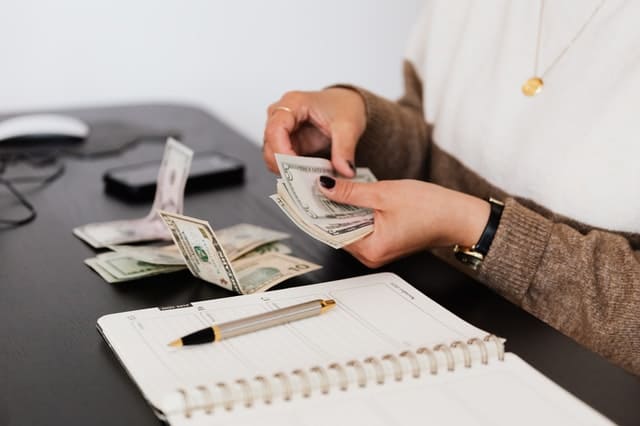Photo by Karolina Grabowska from Pexels
There are a lot of situations where you may need to rely on your emergency savings.
For example, if you’re in an accident that prevents you from working, you may need savings. You might have financial recourse in the form of insurance or a personal injury lawsuit, but that can take months or even longer.
You might get a long-term illness, or you could face a big and unexpected expense such as a car or home repair.
Regardless of why you might need to access an emergency fund, most financial experts agree it should be one of your initial financial goals.
You should likely hold off on other financial objectives like saving for retirement until you have a comfortable emergency fund set aside.
The following are some things to know about what your emergency fund should look like.
Why Do You Need an Emergency Fund?
This was briefly touched on, but the primary advantage of an emergency fund is that it serves as a buffer in times of need. You can avoid relying on something like a high-interest credit card or personal loan that would put you in an even worse financial situation ultimately.
An important part of getting out of debt is avoiding taking on more, and that’s what an emergency fund can help you achieve.
You never know what’s going to happen in life, and building an emergency fund helps cushion you against the effects of the unexpected.
How Much Should Your Emergency Fund Be?
The big question a lot of people have is how much their emergency fund should be, and that’s a question that’s going to depend on your individual situation.
The recommendation is typically having anywhere from a three to six-month emergency fund. This means that you have enough set aside to cover your monthly expenses for three to six months.
If you’re self-employed or rely on a single income, you might want more because there’s an element of financial uncertainty to consider.
Some financial professionals will recommend having as much as eight months’ worth of expenses set aside in your emergency fund, but you can build this gradually.
Start where you can at first.
Even just $500 is a good start, and then as you can add to your savings, do so.
Once you meet your savings goal, then you can move on to different savings objectives you may have. You should put your other savings in entirely separate accounts.
Where Should You Put Your Emergency Fund?
You want your emergency fund to be easily accessible when you need it.
That’s the most important thing when deciding where to put it.
A high-yield savings account can be a good option because it keeps it liquid, and savings accounts are federally insured. You can access cash fast from a savings account, and while it might not be a huge amount, you’ll earn interest.
Don’t invest your emergency fund—it’s too risky. Set aside other money for investments when you’re ready.
Don’t keep your emergency fund in the same account as your other money because it’s too tempting to use it. It needs to be fully isolated from your other funds.
Tips to Build an Emergency Fund
The hard part of an emergency fund is really getting started. Once you start the account and commit to contributing to it regularly, it’ll be automatic, and you’ll stop thinking about it.
Start by calculating how much you want to save, and then based on that, set a monthly savings goal.
Make your savings goal realistic—otherwise, you may get frustrated and give up.
Every time you get paid, you might want to set up an automatic transfer out of your account.
A good way to start quickly padding your emergency fund and give yourself some motivation to continue is to sell items you no longer use. Maybe you have old tools, workout equipment, or furniture, for example. You can even have a yard sale as a way to start building your emergency fund.
If money is tight, maybe you do one-off jobs to get extra cash or take on a flexible second job, such as delivering food or groceries. Then, you can commit to putting aside everything you make on those side jobs into your emergency fund.
You can also commit to cutting things out of your budget, like unnecessary subscription services, and then put whatever you save directly into your emergency fund.
An emergency fund is the foundation of a strong financial plan, and it’s something everyone should aim to have.






